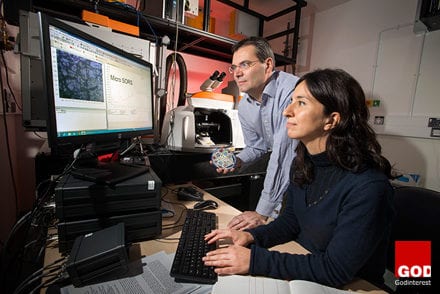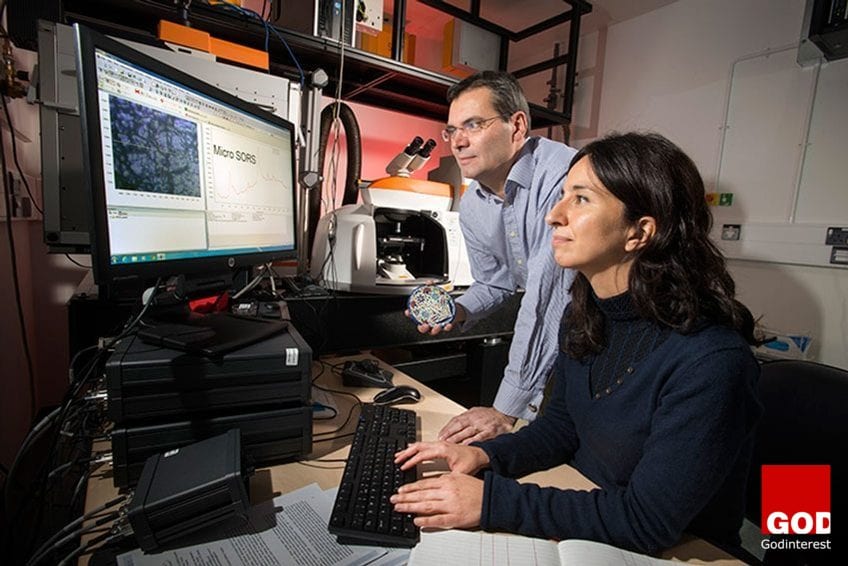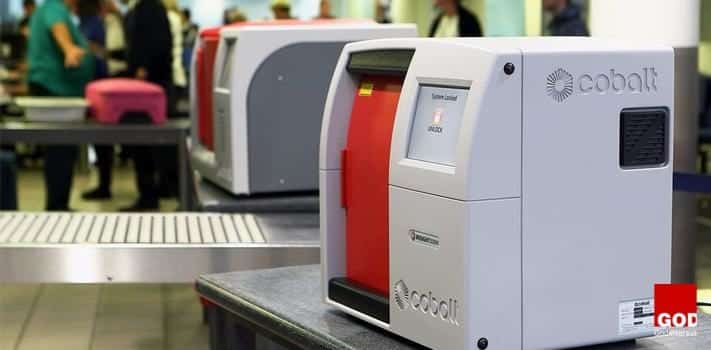Mention magic or wizards, witches or spells, and Christians the world over will freak out.
Blogs will be written. Tweets will be sent. Names will be called, and lines will be drawn in the sand arbitrarily labelling “real Christians” from the fake ones.
Fascinating what a topic can do to brothers and sisters in Christ.
But I don’t want to talk about that right now. I want to get people to stop calling a particulate person a witch. Because the Bible never called her that.
In fact, there is a reason to give her some praise.
SCRIPTURE
“Now Samuel was dead, and all Israel had mourned for him and buried him in his own town of Ramah. Saul had expelled the mediums and spiritists from the land.
”The Philistines assembled and came and set up camp at Shunem, while Saul gathered all Israel and set up camp at Gilboa.When Saul saw the Philistine army, he was afraid; terror filled his heart.He inquired of the Lord, but the Lorddid not answer him by dreams or Urimor prophets.Saul then said to his attendants, “Find me a woman who is a medium, so I may go and inquire of her.”
“There is one in Endor,” they said.
”So Saul disguised himself, putting on other clothes, and at night he and two men went to the woman. “Consult a spirit for me,” he said, “and bring up for me the one I name.”
”But the woman said to him, “Surely you know what Saul has done. He has cut off the mediums and spiritists from the land. Why have you set a trap for my life to bring about my death?”
”Saul swore to her by the Lord, “As surely as the Lordlives, you will not be punished for this.”
”Then the woman asked, “Whom shall I bring up for you?”
“Bring up Samuel,” he said.
– 1 Samuel 28:3-11
THAT’S INTERESTING
Did you notice something?
If you have read the Old Testament or the stories of King David, then you might recognize this story. It’s usually gone by this title.
”The Witch of Endor”.
But the Scripture never said ‘witch’.
Yes, that is the NIV translation, but look at the other ones. They don’t say that she was a witch. A medium, sure. A spiritist, perhaps. The King James says that ‘she hath a familiar spirit’, which I’m assuming is Old English for she is familiar with spirits. Like a medium or a spiritist.
But not a witch.
So where did this “that woman was a witch” come from?
It’s the heading that the publishers added, maybe the editors, or translators. But it wasn’t in the Bible.
WHY WOULD THEY DO THAT?
Why? I’m not sure. Maybe it has something to do with the North American hatred of witches, the occult, stuff like that. It could be a particular spiritual philosophy or doctrine that a publisher or editor may hold. It could be how believers tend to damn anyone who does what the Bible specifically condemns ‘believers’ for doing, even if they have no connection to the faith of the Bible.
But by calling this woman, a lady that was never graced with a name, as something more terrible than she is, is horrible.
Don’t misunderstand me. I’m not encouraging spiritists or mediums.
But if the Bible doesn’t call her a witch, I don’t see why we should be giving her labels that shouldn’t be there.
WHY WE SHOULD PRAISE THE MEDIUM OF ENDOR
Consider another portion of the same story. It comes after the medium calls up the spirit of the prophet Samuel. The spirit speaks with Saul, tells him of his impending death and the gross defeat of Israelite army.
“Immediately Saul fell full length on the ground, filled with fear because of Samuel’s words. His strength was gone, for he had eaten nothing all that day and all that night.
“When the woman came to Saul and saw that he was greatly shaken, she said, “Look, your servant has obeyed you. I took my life in my hands and did what you told me to do.Now please listen to your servant and let me give you some food so you may eat and have the strength to go on your way.”
“He refused and said, “I will not eat.”
“But his men joined the woman in urging him, and he listened to them. He got up from the ground and sat on the couch.
”The woman had a fattened calf at the house, which she butchered at once. She took some flour, kneaded it and baked bread without yeast.Then she set it before Saul and his men, and they ate. That same night they got up and left.”
– 1 Samuel 28:20-25
Saul going to see the medium of Endor was an illegal act. He had outlawed and cast all and any mediums and spiritists out of Israel. His actions had put this woman’s life in peril. She should have been killed for simply being a medium, nevermind the fact that she called up a spirit. And all that was because the King of Israel wanted it.
How did she respond to the man who brought her potential death to her door? How did the medium of Endor respond after all this was done?
She loved her neighbour.
Not that Saul was literally her neighbour, but she acted in perfect harmony with the teachings of Jesus. I’m not saying that her actions as a medium were like Jesus, no. But her sacrificial love, her killing of her own fattened calf, her giving of time and energy to make bread, her serving this king and his servants after they risked her life; that is just like Jesus.
She gave to someone who could have harmed her, caused her pain, even death. That sounds like Jesus.
“But God demonstrates his own love for us in this: While we were still sinners, Christ died for us. Since we have now been justified by his blood, how much more shall we be saved from God’s wrath through him!For if, while we were God’s enemies, we were reconciled to him through the death of his Son, how much more, having been reconciled, shall we be saved through his life!”
– Romans 5:8-10
CONCLUSION
Was the medium a perfect example of Christ-like living? Was she someone that the Church should ‘saint’? Should we give her a name to elevate her status from secondary character to someone that matters?
Good questions. I don’t have answers for that, but I can say this.
Calling the medium of Endor a ‘witch’ and casting upon her all the evil and wicked connotations that we might have about such people is unfounded and wrong. A medium she was, but not a witch.
Even though we may not agree with her activities, she was not an example of pure evil. In fact, Scripture records that she did something worth remembering and worth seeing as honourable.
She showed love to King Saul, even though he threatened her life with his actions. What she did was a foreshadowing of Jesus and his great(er) love.









